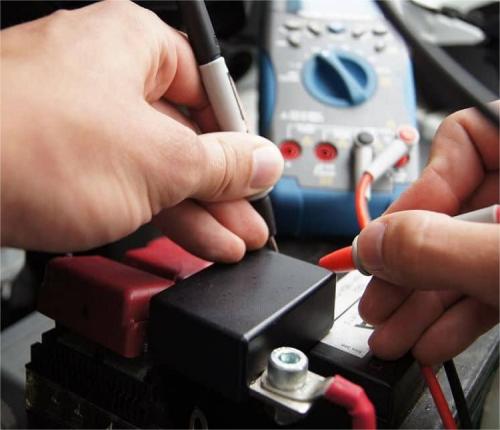Lithium-Ion Battery Care Guide
What is BMS?
BMS (Battery Management System) is commonly known as the battery nanny or battery steward. It is primarily used to intelligently manage and maintain each battery unit, prevent overcharging and over-discharging of the battery, extend the battery life, and monitor the battery status.
Components of BMS
The BMS battery management system unit includes:
- BMS Battery Management System**: The core system for managing and maintaining the battery.
- Control Module: Manages control and execution of commands.
- Display Module: Provides real-time battery status display.
- Wireless Communication Module: Facilitates communication with external devices or servers.
- Electrical Equipment: Devices powered by the battery pack.
- Battery Pack: Provides power to the electrical equipment.
- Collection Module: Collects battery information from the battery pack.
The BMS battery management system connects to the wireless communication module and the display module through a communication interface. The collection module's output connects to the BMS system's input, while the BMS system's output connects to the control module's input. The control module is connected to the battery pack and electrical equipment. Additionally, the BMS system connects to the server via the wireless communication module.
Core Functions of BMS
1. Cell Monitoring Technology:
- Single Cell Voltage Acquisition: Monitors the voltage of individual cells.
- Single Cell Temperature Acquisition: Measures the temperature of individual cells.
- Battery Pack Current Detection: Detects the current in the battery pack.
Accurate temperature measurement is crucial for the battery pack's performance. This includes measuring the temperature of individual cells and monitoring the cooling liquid temperature of the battery pack. Proper placement and quantity of temperature sensors are essential for effective integration with the BMS control module. Monitoring focuses on the fluid temperature at the inlet and outlet of the battery pack's cooling system, with monitoring accuracy requirements similar to those for individual cells.
2. SOC (State of Charge) Technology:
- Definition: Indicates how much power is left in the battery.
- Importance: SOC is the most critical parameter in BMS, as all other functions are based on it. Its accuracy and robustness are vital for the proper operation of BMS. Without precise SOC, even with multiple protection functions, the BMS cannot function correctly because the battery might frequently be in a protected state, preventing optimal use and life extension.
Higher accuracy in SOC estimation can lead to better utilization of battery capacity, allowing electric vehicles to achieve greater range. Accurate SOC estimation maximizes the battery pack's efficiency.
3. Balancing Technology:
- Passive Balancing: Typically uses resistive heat dissipation to release excess energy from high-capacity cells, achieving balance. It is simple, reliable, and low-cost but less efficient.
- Active Balancing: During charging, excess energy is transferred to high-capacity cells, and during discharging, it is transferred to low-capacity cells. This method is more efficient but more costly and complex, with lower reliability. As cell consistency improves in the future, the need for passive balancing may decrease.
Summary
BMS intelligently manages battery units by monitoring voltage, temperature, and current, estimating SOC accurately, and employing balancing techniques. These functions collectively ensure the safety, longevity, and efficiency of the battery system.








